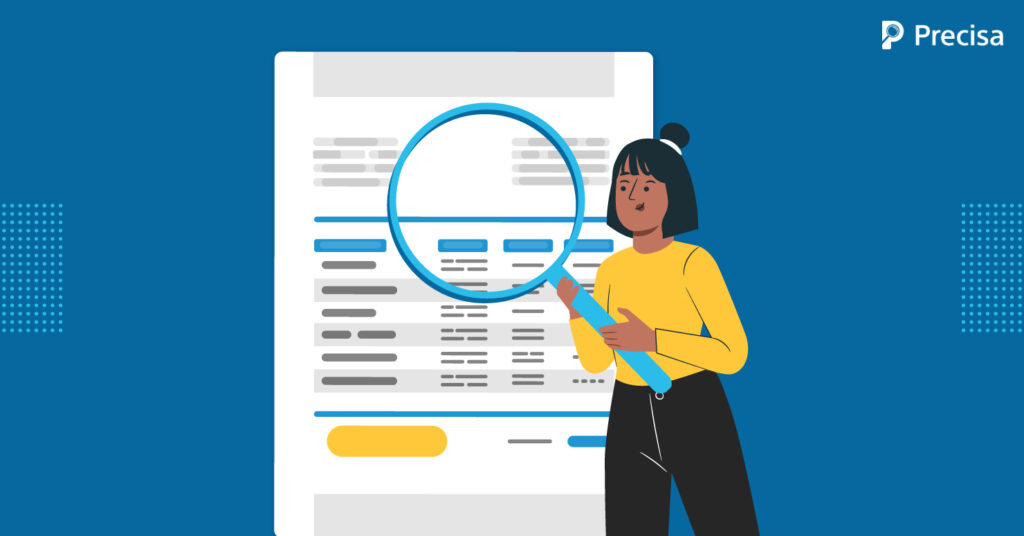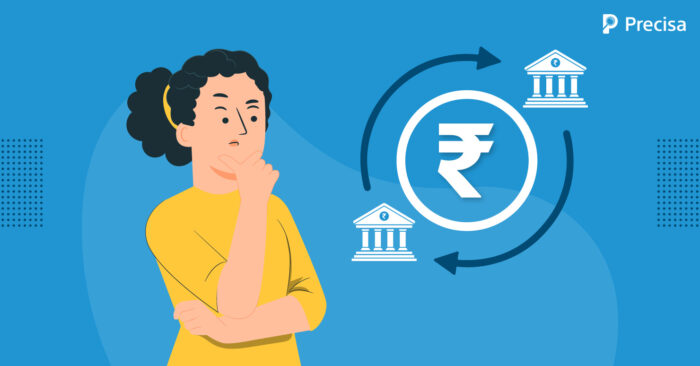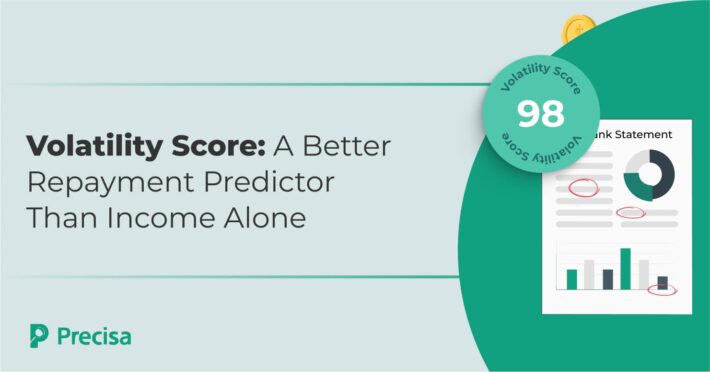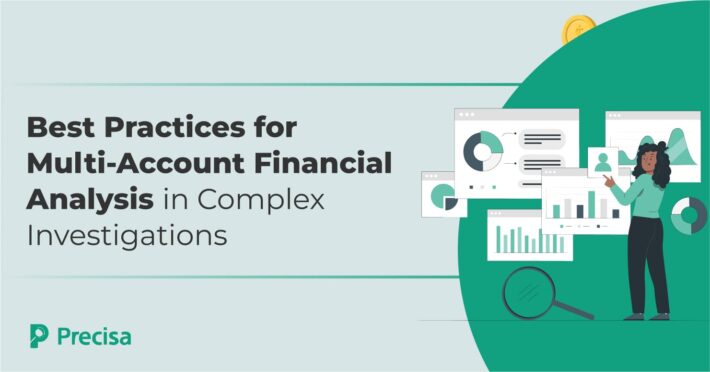Why Lenders Must Review Circular Transactions Closely Before Making Lending Decisions

The lending industry has grown immensely in the last few years.
According to estimates, the global lending market grew from $ 7887 billion in 2022 to $ 8682 billion in 2023. By 2027, the global lending market size is projected to grow to $ 12176 billion.
In the realm of business loans, a variety of financial institutions—including banks, non-banking financial companies (NBFCs), and digital lenders—provide swift access to credit for businesses in need. As these lenders accelerate the processing of larger loan applications, they also increase their potential for profitability. However, this comes with a corresponding rise in risk.
For instance, it is challenging for the human eye to detect circular transactions in bank statements. Lack of detection can result in dire consequences such as loan fraud.
Hence, lenders will need to implement more stringent guidelines to make the underwriting process more stringent and efficient. They will need to leverage the advantages of technology to bring accuracy and speed to underwriting.
In this blog, we deconstruct circular transactions and how using bank statement analysis software helps in the early detection and prevention of loan fraud.
What Are Circular Transactions?
Circular transactions are kind of engineered transactions where outflows and inflows have a similar value. The significance of such transactions is that companies are seeking to give an appearance of a higher trade value when, in fact, the trade volume is stagnant.
Here is an example of a circular transaction. Say a parent company A has three subsidiaries – B, C, and D. Company B sells 50 products to Company C, which in turn sells the same 50 products at the same rate to Company D.
In turn, Company D sells them back to Company B at the same rate and ticket size.
Hence, there is an appearance of business being conducted. However, in reality, the sale is not adding to Company B’s bottom line. The company aims to leverage these sales for specific outcomes.
Reasons Behind Circular Transactions
The reasons behind circular transactions can vary. Here are three scenarios that explain the motivations behind such transactions:
1. Raise funding
An organisation could be looking to raise funding from a venture capitalist or take a business loan from a bank. They must demonstrate sales as a proof of concept and convince investors to bet on them, or else successfully secure a business loan.
2. Launching IPO
A company could be looking to launch an Initial Public Offering (IPO) and needs to demonstrate that it is a worthy investment. Hence, it may use circular transactions to prop up its revenues and increase its valuation to help meet regulatory guidelines and impress potential shareholders.
3. Money laundering
A business may be a shell company with absolutely no genuine sales. In this case, it may be using circular transactions for the purpose of money laundering for another organisation.
Consequences for Lenders
The inability to detect circular transactions can prove risky for lenders. Such borrowers may become non-performing assets, thus reducing profitability for lenders. However, the risks can be much bigger.
For instance, if the company is caught in a public scam, the lender may find itself on the radar of the investigation. The lender is vulnerable to reputation loss. It will also need to invest in a legal defence, which comes at a significant cost.
The bigger the ticket size of the loan, the more risky it can be for the lenders. Hence, lenders will need to invest in the right tools to help detect circular transactions and other types of irregularities in balance sheets.
This is where bank statement analysis software can help by automating and expediting the process, also making it extremely accurate.
What is Bank Statement Analysis Software?
Underwriting is a critical process for lenders. It safeguards their business from fraudulent or inadequate borrowers. Traditionally, human underwriters would manually review bank statements and other financial documents to detect irregularities.
But as lenders scale, this process is no longer sustainable or adequate, as the technology behind financial statement fraud has also advanced significantly.
Bank statement analysis software is an automated solution that enables lenders to perform a thorough analysis of all financial documents within a matter of minutes. Even the most trained human eye is no match for its capabilities.
The software combines the strengths of artificial intelligence, machine learning, automation, and Optical Character Recognition (OCR) to do an accurate analysis. It can help underwriting teams detect omissions, circular transactions, fake documents, and identity fraud quickly.
Today, a growing number of lenders are making early investments in bank statement analysis software. It helps them make quick and accurate lending decisions and effectively scale operations.
Key Benefits of Financial Analysis Software
Here is a snapshot of how lenders can benefit from the use of state-of-the-art financial analysis software:
- All financial transactions are categorised into various categories under the larger inflow and outflow umbrellas. The identification and categorisation of circular transactions are automated and done with speed.
- The software can process financial documents that are present in around 700 formats.
- The software can recognise even minor details that can determine if a document is fraudulent.
- It can help detect cases of identity fraud by cross-checking names across various documents.
- The entire process is completed within minutes, thus enabling lenders to process loan applications much faster.
- The analysis allocates its creditworthiness score to a borrower based on real data. This is a valuable feature as newer businesses may not have credit scores, while the credit scores of established ones may not align with their financial valuation.
The Takeaway
Today, businesses of various scales may indulge in circular transactions. These types of transactions are not easy to detect by the human eye. They may be camouflaged with great care by fraudulent businesses.
However, access to the right technology can help lenders detect such scams early on. Lenders can partner with technology specialists, offering modern solutions for their underwriting needs.
For instance, early investments in AI-driven bank analysis software can help businesses stay protected against the financial and reputational consequences of underwriting for borrowers indulging in fraudulent practices.
Today, a growing number of businesses are turning to Presica’s comprehensive and seamless financial data analysis solution to simplify and speed up the process through automation. The software provides actionable insights on a customisable dashboard, thus helping companies make informed business decisions.
Request a free demo today!



